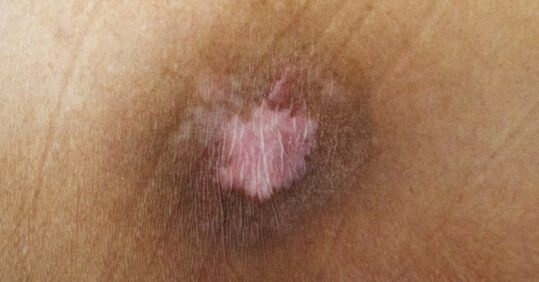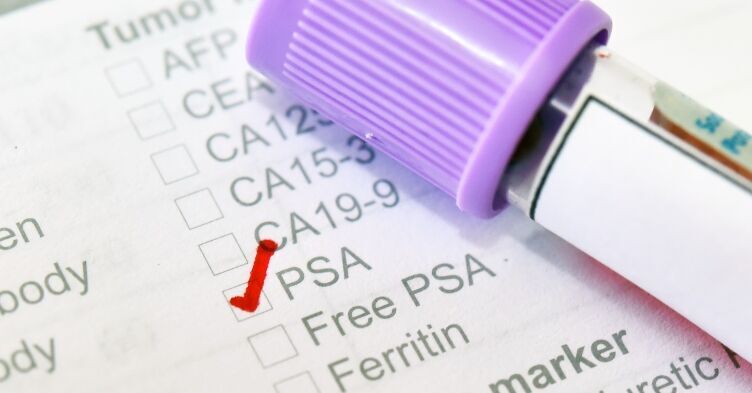I have always been uncomfortable with the use of the term ‘blanch test’. The word ‘blanch’ means to turn white. Its origin probably stems from the French verb ‘blanchir’ which means to whiten, bleach or launder. This is a crude test used to enable practitioners to detect the development of pressure damage to the skin. When an area of redness develops over a bony prominence, if you apply pressure on the area with your thumb for several seconds and then quickly remove that pressure, the skin should go white indicating that damage has not occurred. If the skin remains red we refer to this as non-blanching erythema.
For me this test is an example of what could be termed as cultural imposition. Cultural imposition is the tendency of a person or group to impose their values and patterns of behaviour onto other persons. It is a test that as practitioners we have used for decades, but with a society that is more ethnically diverse than it once was, this test and the description of the test as the ‘blanch test’ now seems problematic.
This crude test is fine when carried out on white skin. Its use on highly pigmented skin is completely ineffective. The term ‘skin tolerance test’ has recently been used as a new term for this test, but again this term has confusing and mixed interpretations. In dermatology the term skin tolerance is often used in relation to skin irritation and skin sensitivity tests. There is not the scope to discuss semantics and cultural imposition in this blog, but these issues are something that requires wider discussion among tissue viability nurse specialists. What I want to point out in this blog is that when assessing for pressure damage in patients with highly pigmented skin, as practitioners we need to more vigilant. We can carry out the ‘blanch test’, but need to be extra careful. When patients report pain to a bony area I have always found this to be a good indicator of the development of pressure ulceration than any crude ‘blanch test’ or ‘skin tolerance test’.
Research in the United States indicates that patients with highly pigmented skin are at higher risk of the development of pressure ulcers compared to patients with white skin.1,2 I suspect this is due to unconscious cultural imposition and the use of the ‘blanch test’. In terms of semantics I do not see a reason to change the name of the ‘blanch test’, but as practitioners we need to be more vigilant in our skin checks were a patient has highly pigmented skin where they are found to be at risk once a pressure ulcer risk assessment has been carried out.
References
1. Baumgarten M et al.(2004) Black/white differences in pressure ulcer incidence in nursing home residents. Journal of the American Geriatrics Society 2004;52(8):1293-8.
2. Bennett MA. Report of the task force on the implications for darkly pigmented intact skin in the prediction and prevention of pressure ulcers. Advances in Wound Care 1995;8(6):34-35.







